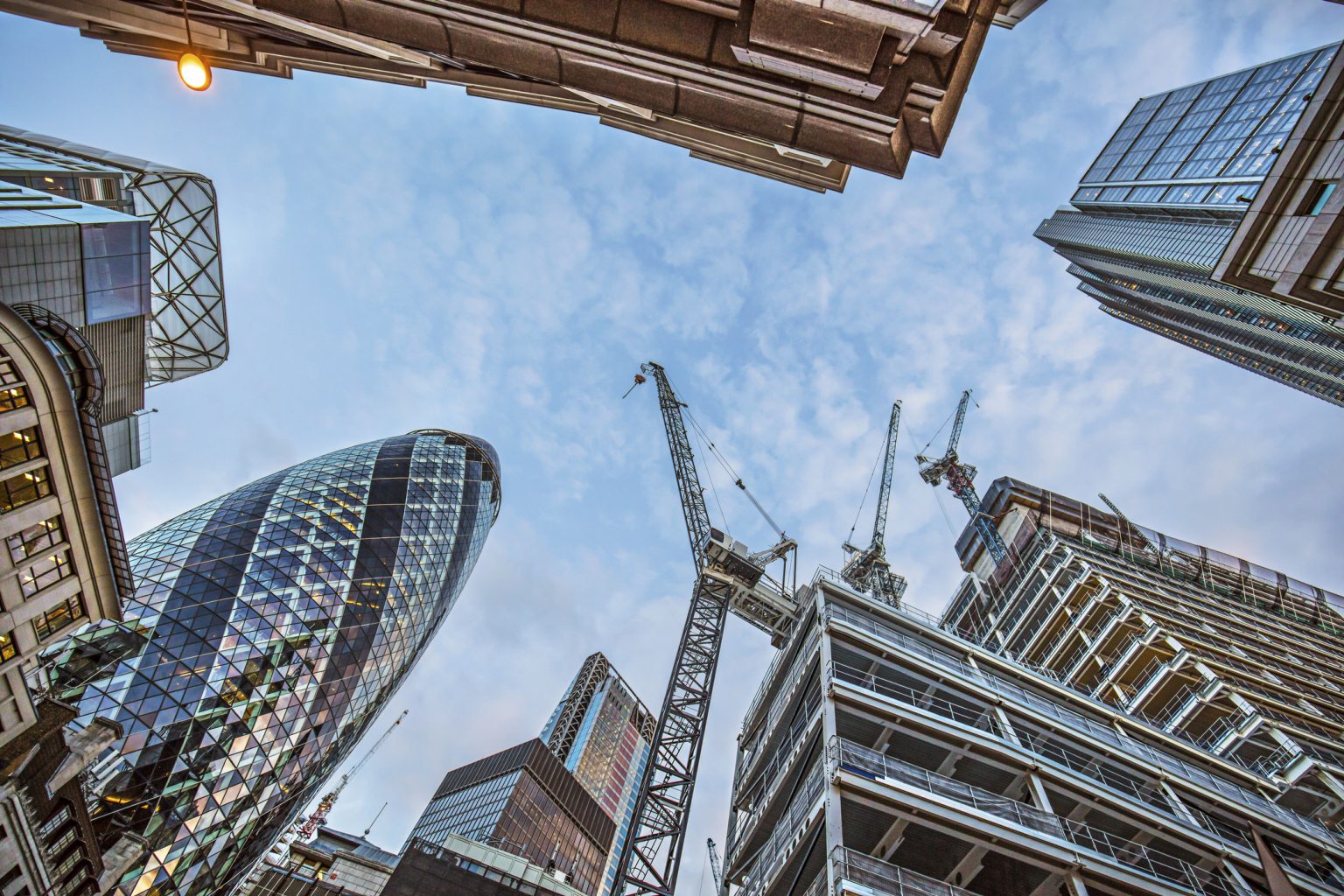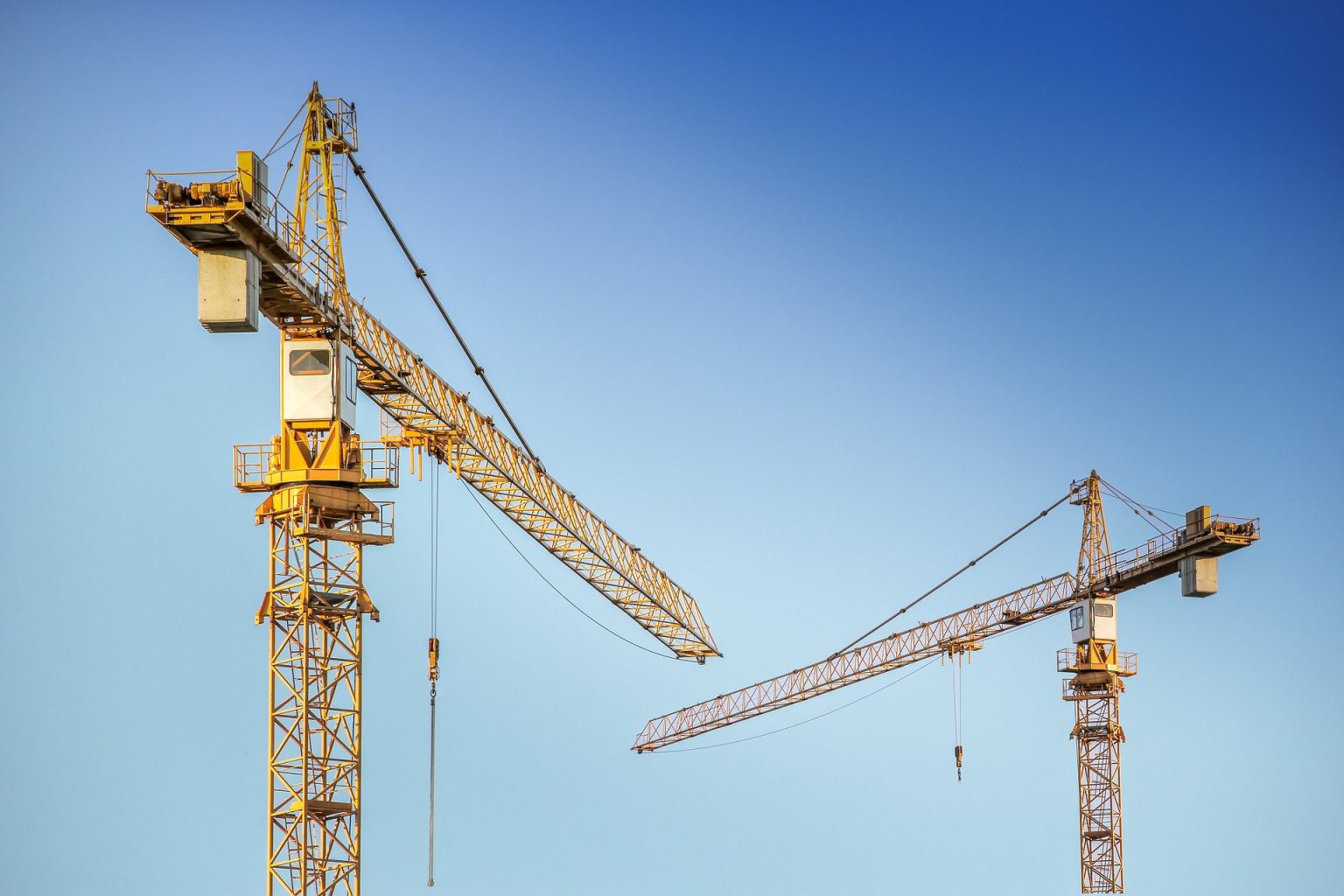Wind speed calculations for tower cranes
BRE provides site-specific wind speed calculations to ensure your tower cranes meet health and safety requirements. This service meets all applicable standards: BS EN 1991-1-4 and the UK National Annex to BS EN 1991-1-4.
Challenges with UK cranes
Most tower cranes in the UK were produced in continental Europe, usually designed to individual national standards.
The Health and Safety Executive, and the Construction Plant-hire Association, advise that out-of-service wind loads should be applied to all tower cranes regardless of age, and whether or not the wind loadings comply with FEM 1.001 or DIN 15018. The load cases specified in FEM 1.005 should also be applied.

Benefits of site-specific wind calculations
The two main reasons to have site-specific calculations are to:
- Save costs to the crane operator, as it can sometimes reduce the wind load which may also decrease the foundation size
- Improve understanding of the effects of increased wind speeds from all nearby tall buildings.
An expert service from BRE
BRE’s 100-year reputation in construction research and innovation includes distinctive work with tower cranes. Our service is in line with the guidelines laid out in BS EN 1991-1-4 Eurocode on wind action and the UK National Annex to BS EN 1991-1-4.
- Site location
- Wind speed
- Wind performance
- Height of the structure
- Terrain
- Recurrence interval

Get in touch
For more information, call us on +443333218811, email us at enquiries@bregroup.com or use the online form.
Contact us